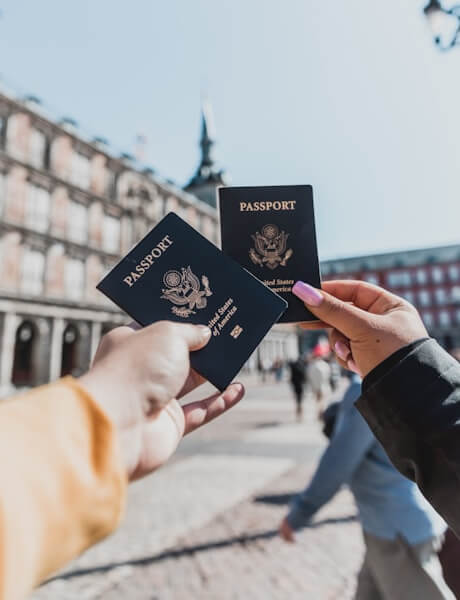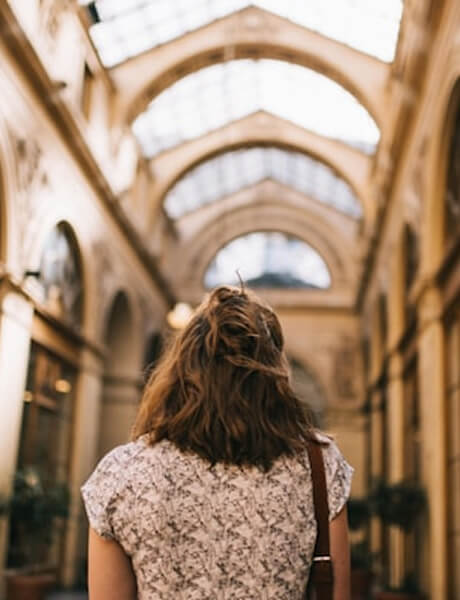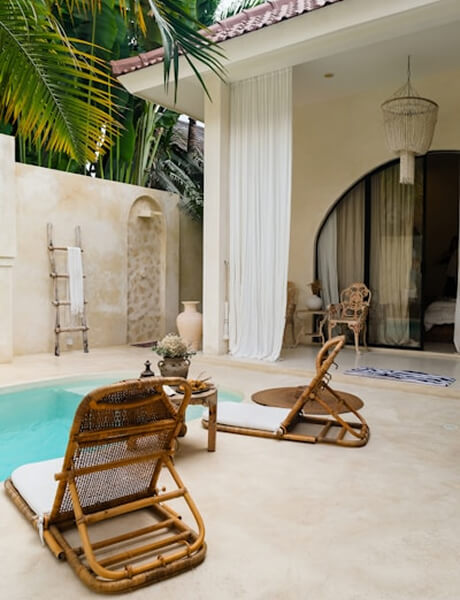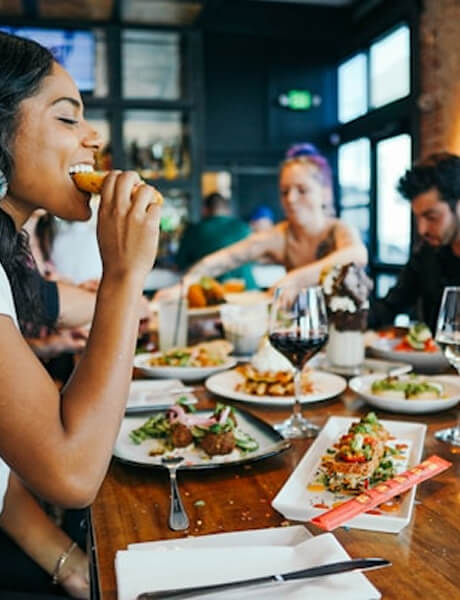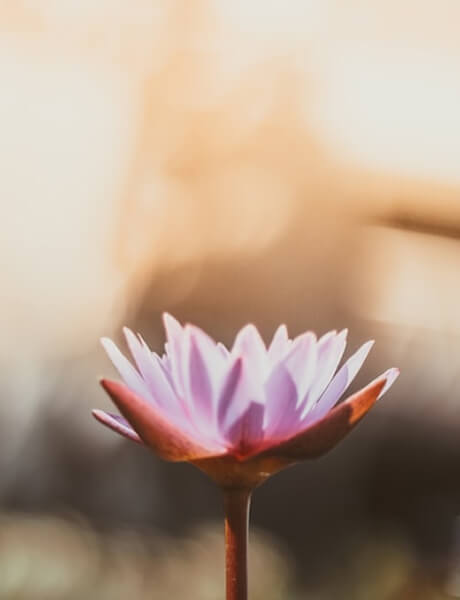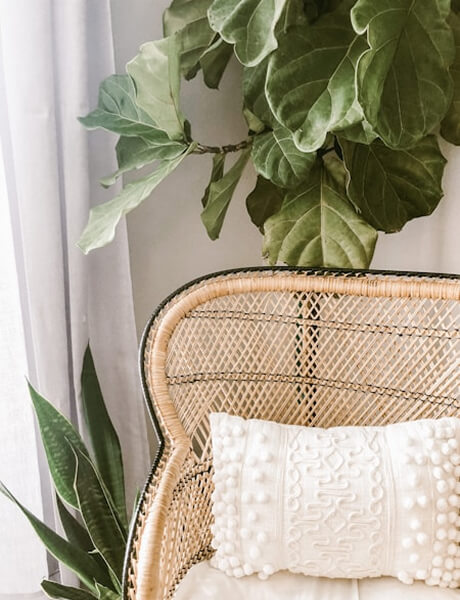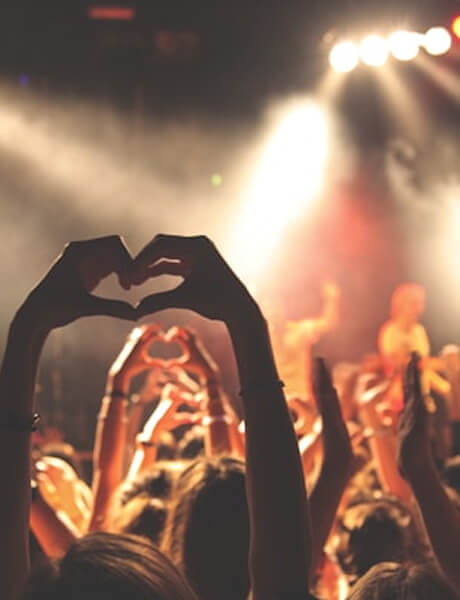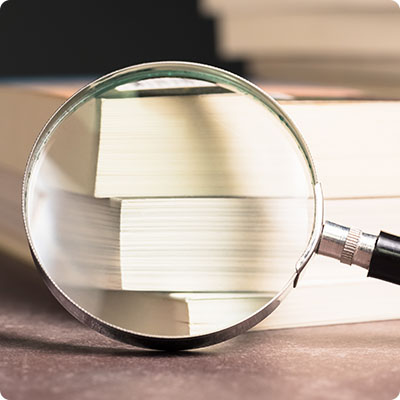
Travel guide Islande
The best time to go en Islande
Practical information for travel en Islande
Get your travel guide: ISLANDE

What to see what to do en Islande?
Where to go en Islande?
The most beautiful tourist sites
Other en Islande destinations
Petit Futé's best addresses en Islande
Discover the most beautiful addresses selected by the authors of Petit Futé.
Featured articles d'Islande

Where to go for adventure? Top 11 destinations in 2025
Published on 01/09/2025 Activities and experiences
From America to Asia, via Europe, Oceania and Africa, we're off on a round-the-world adventure. Between grandiose landscapes, wild nature and unforgettable encounters, each stage reveals a new facet...

Where to go without a passport? 15 exotic destinations in 2025
Published on 07/07/2025 Activities and experiences
Are you looking to get away from it all, but have just realized that your passport has expired? You didn't receive the precious sesame in time and want to leave as soon as possible? Don't panic! The...

Top 10 happiest countries in 2025
Published on 25/06/2025 Ideas for holidays & weekend
In an ever-changing world, the quest for happiness remains a universal aspiration. But why do some populations seem more fulfilled than others? Every year, various international rankings attempt to...
How to travel en Islande
How to go alone
Well served, Iceland is an extremely safe country with one of the lowest crime rates in the world. The only potential dangers are related to alcoholism during the evenings that are watered in the capital, on Friday and Saturday evenings. The other instructions that can be given are those related to a sometimes dangerous nature, so there are risks of injury when hiking and it is safer to be accompanied by a guide.
How to go on a tour
Iceland can be discovered in a circuit of 4 to 8 days, essentially in self-tour. Iceland being a very expensive country, it can be more profitable to privilege the circuits to the autonomous trips in order to better budget its stay. However, it is necessary to study well the various offers of the tour operators and to make sure that there are not too many additional expenses because in Iceland that can quickly make increase the note!
How to get around
The airplane is a very popular means of transportation for Icelanders within the country. During the winter, when the roads are unusable, the plane is the only real means of transportation in Iceland. There are also several ferry lines Reykjavík-Viðey, Stykkishólmur-Flatey-Brjánslaekur, etc. Icelandic buses, often 4x4, are comfortable and reasonably priced. Please note: the price of car rentals is quite high.
Book your next trip with Kayak
Travel en Islande
Ideas for holidays and week-end breaks en Islande
Your stay in Iceland will depend a lot on your means of transport, in other words your budget. If you rent a car, you will have a lot of freedom to drive around the island, but you will not be able to "penetrate" it, as the central desert is reserved for 4X4. If you depend on buses, you will need more time to travel around the country. But the good news is that buses can get you to all parts of the island during the summer months. To visit the whole island and travel for several weeks, you will need a 4x4.
How long should I stay in Iceland?
In general, we recommend a minimum stay of 2 to 3 days to enjoy Iceland and see enough. To tour the island, we recommend two to three weeks. It will depend on your itinerary and if you really want to go into the Highlands for example.
Services
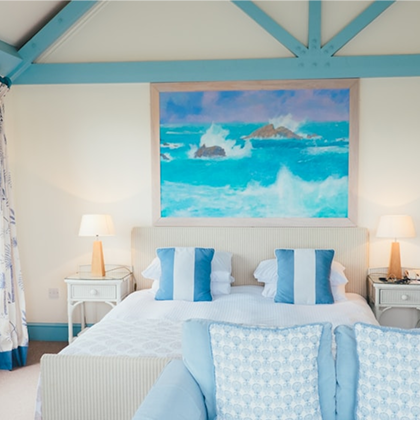
Find a hotel with Booking.com
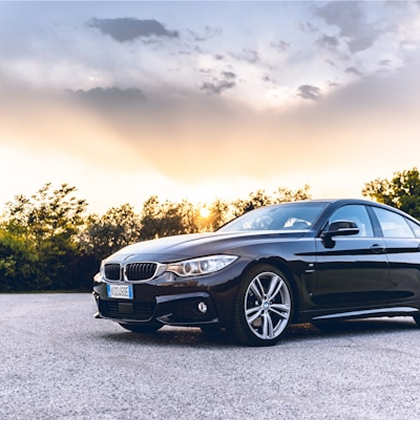
Rent a car with Bsp-auto

Create a blog and travel journal
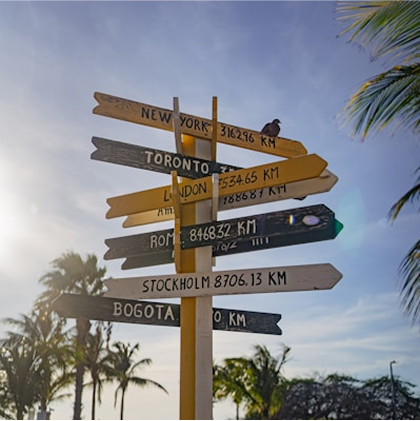
Find an agency with Quotatrip
Find unique holiday offers with our partners
Discover l'Islande
Iceland was created 15 million years ago, but Mother Nature regularly proves that she hasn't said her last word! From the eruption of Eyjafjallajökull in 2010 to the one that began in late February 2021 near Fagradalsfjall, volcanism is still shaping Iceland's landscapes.
A land of fire and ice, Iceland's popularity as a tourist destination has only grown in recent years. With its breathtaking landscapes, natural phenomena and distinctive Nordic culture, Iceland is a fascinating place to visit. Its wild and exotic character continues to appeal. But what makes this country so special? From the way of life of the locals to its most beautiful treasures, set sail for an island that will surprise you. Marvel at the aurora borealis, learn about the history of this island with its unique system of parliaments, and discover its wonders.
The 12 keywords en Islande
Northern Lights
This natural phenomenon is the result of solar winds rubbing against the Earth's atmosphere. The result is a fabulous spectacle to be admired as soon as night falls, under clear skies, from late August to early April. The best time to see the Northern Lights is from October to March, between 8pm and 2am.

#Hot baths
Among Iceland's most famous "lagoons" is the Blue Lagoon, which has become very popular in just a few years, but there are a plethora of free, wild hot springs to discover during your stay. Others have also opened their doors all over the country, including the Vök Baths, the Sky Lagoon and the Hvammir hot springs.
#Crater
Volcanic eruptions, both explosive and effusive, are the source of most of Iceland's craters. On the Laki fault, it is possible to discover a row of no less than 115 craters. Testimony of a catastrophe, that of the eruption of Laki in 1783-1784, this alignment forms one of the many tourist places of Iceland.
#Farm
Some travelers decide to tour Iceland simply to see the multitude of abandoned farms that are found there. Several of them have been converted into museums, while others remain uninhabited. You can even stay there! Of course, there is a plethora of farms dedicated to breeding.

#Ice
With Europe's largest glacier, Iceland has well earned its name of "land of ice". One eighth of its surface is covered by glaciers, which in places reach a thickness of almost 1,200 m. But global warming is not far off. But global warming is just around the corner... Ice is also the perfect place for a wide range of sporting activities.
#Lainage
If Iceland is famous for its ceramics, it's even better known for its woollens (the famous Icelandic sweater), knitwear and other textile productions with geometric jacquard patterns. The oldest Icelandic knitting patterns date back to the last quarter of the 16th century. They were even exported to northern Europe as early as the Middle Ages.
#Fishing
The Icelandic economy is based primarily on fishing and its by-products. Reykjavík, Akureyri, Grindavík and Heimaey are among the main ports of the country. But there are still dozens of small localities where fishing is done by hand. Thus, in the fjords of the East is a charming fishing village, located in a grandiose decoration, Djúpivogur.
#Runtur
When the skies darken, Reykjavík's streets remain lively, giving young people the opportunity to enjoy themselves in nightclubs. And these traditional weekend nights have a name: runtur. The streets are packed with people, shouting, singing and drinking. Leaving the impression that a hurricane has passed through..
#Sulfur
You're bound to encounter the smell of sulfur on your trip. Near Geysir, for example, solfataras release steam mixed with hydrogen sulfide. Sulfur can even be found in commonly used water (as you'll see when taking a shower), but it's not dangerous.
#Legends
Elves are part of Icelandic mythology, strongly rooted in the imagination of a population very fond of the Huldufolk ("hidden people") legends. Among the local legends, there are also often so-called haunted places (some of which are mentioned in the guidebook), and trolls behind certain rock formations.
#Viking
The sagas contain many stories of famous Viking heroes. This name was given to the Scandinavian navigators who crossed the seas from the end of the 8th to the beginning of the 11th century. During this period, they also developed a veritable art form, producing wood carvings, fabrics and hangings, as well as goldsmiths' and silversmiths' wares.

#Volcanism
As a "hot spot" - i.e., located at the boundaries of tectonic plates - Iceland's increased volcanism is shaping the country. The most active volcanoes in Iceland are Hekla, Krafla and Grimsvötn. The Eyjafjöll and Bárðarbunga volcanoes are the best-known, having erupted in 2010 and 2014 respectively.
You are from here, if...
You respect nature: don't drive off-road; stay on trails when hiking in national parks so as not to destroy fragile plant species or disturb animals, some of which are endangered.
Don't let the irresistible urge to swing your foot against the small piles of stones you come across while hiking overwhelm you. These heaps of stones (cairns) are used to point travellers in the right direction, and represent a heritage of Icelandic culture.
You respect popular beliefs in the existence of trolls, elves and other creatures, whatever your own convictions.
You don't judge the Icelandic way of life by looking at the outside of your home. It's the interior design that Icelanders prefer to show off their personality.
In swimming pools , you have no qualms about washing yourself naked before putting on your swimsuit and entering the water.








